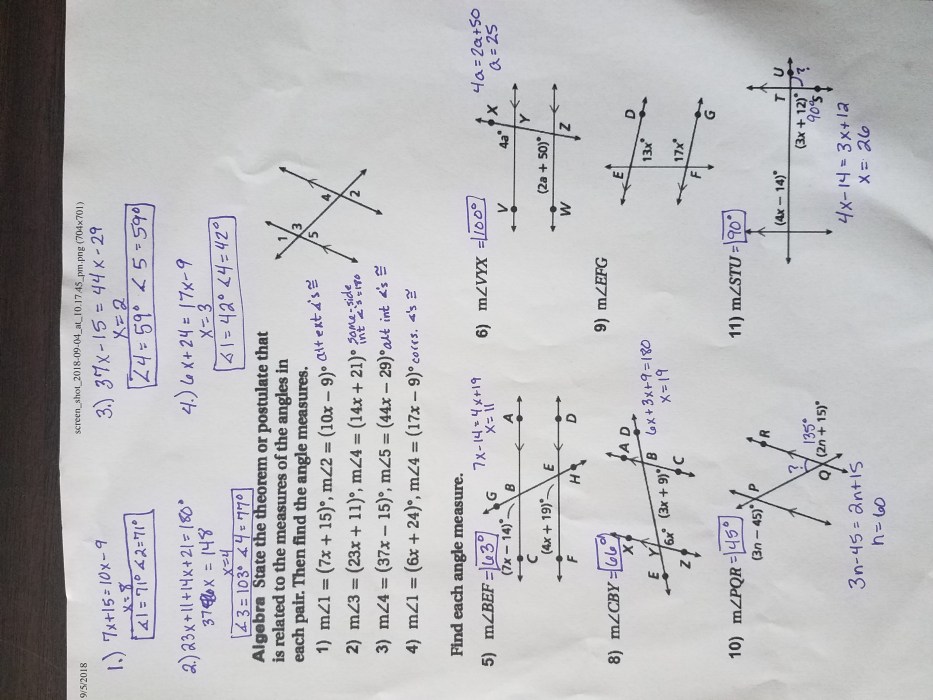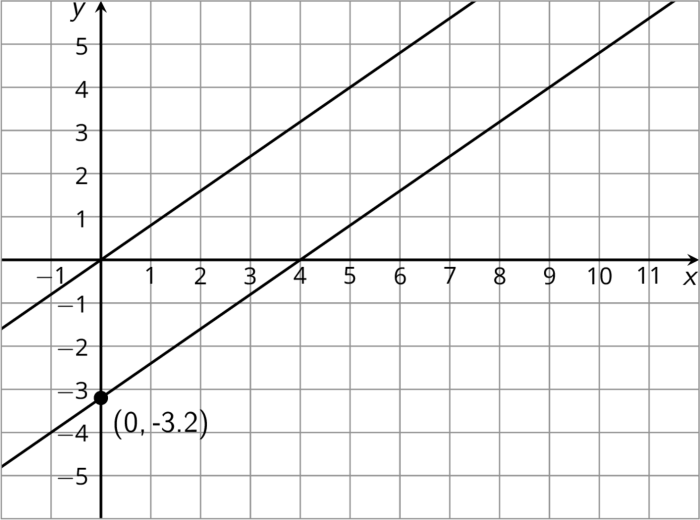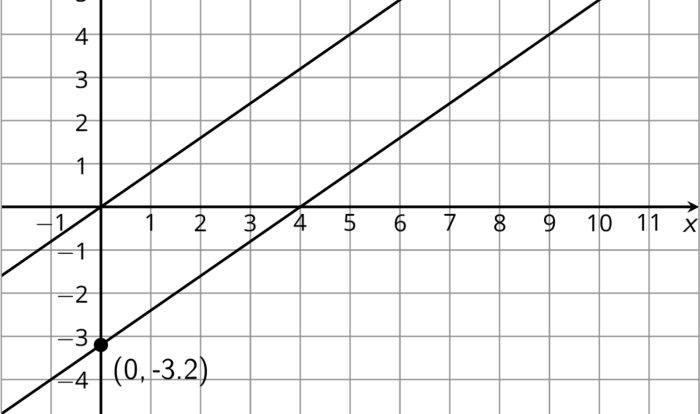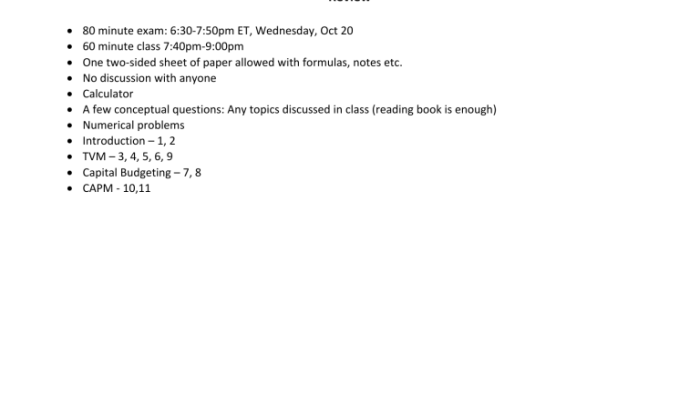Proving lines parallel with algebra answer key – Embark on an enlightening journey into the realm of geometry as we delve into the intricacies of proving lines parallel using algebraic equations. This comprehensive guide, complete with a detailed answer key, will equip you with the knowledge and techniques to navigate this fascinating topic with confidence and precision.
Throughout this exploration, we will unravel the concept of slope and its profound significance in identifying parallel lines. We will meticulously dissect the methods for determining slope, paving the path for the ultimate determination of parallelism between two lines. Brace yourself for a captivating adventure into the world of parallel lines, where algebra unveils the secrets of geometric relationships.
Proving Lines Parallel with Algebra
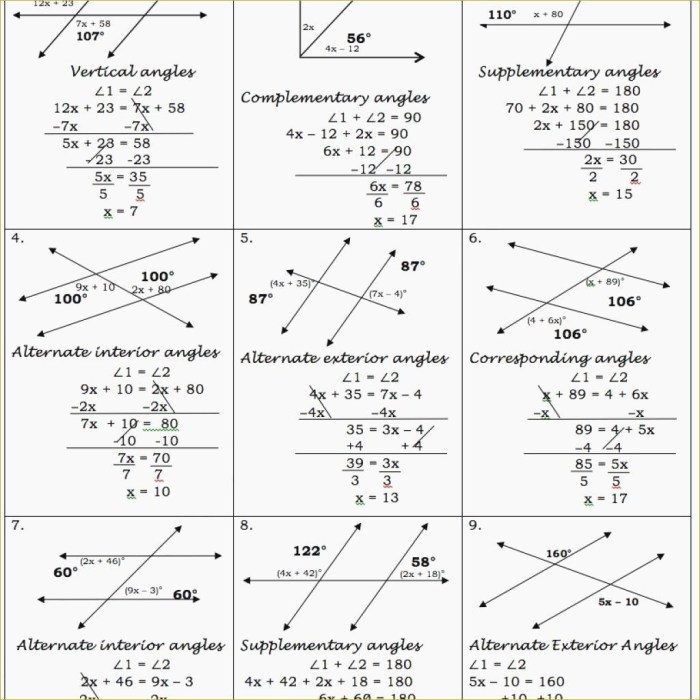
In geometry, parallel lines are two lines that never intersect. Proving lines parallel is a fundamental concept in geometry and has various applications in architecture, engineering, and surveying.
Proving Lines Parallel Using Algebraic Equations
One way to prove lines parallel is by using algebraic equations. The slope of a line is a measure of its steepness. Parallel lines have the same slope.
To find the slope of a line given two points, use the following formula:
“`m = (y2
- y1) / (x2
- x1)
“`
where (x1, y1) and (x2, y2) are the coordinates of the two points.
If two lines have the same slope, they are parallel.
Methods for Proving Lines Parallel
There are several methods for proving lines parallel:
- Using the slope of the lines
- Using the intercept of the lines
- Using the distance between the lines
Examples of Proving Lines Parallel
Here are some examples of proving lines parallel using each of the methods discussed above:
| Method | Given Information | Conclusion |
|---|---|---|
| Slope | Line 1: (1, 2) and (3, 4)Line 2: (2, 3) and (4, 5) | Line 1 and Line 2 are parallel because they have the same slope of 1. |
| Intercept | Line 1: y = 2x + 1Line 2: y = 2x + 3 | Line 1 and Line 2 are parallel because they have the same intercept of 1. |
| Distance | Line 1: (1, 2) and (3, 4)Line 2: (2, 3) and (4, 5) | Line 1 and Line 2 are parallel because the distance between them is always the same (sqrt(2)). |
Applications of Proving Lines Parallel, Proving lines parallel with algebra answer key
Proving lines parallel has many applications in real-world situations, including:
- Architecture and construction: Ensuring that walls and other structural elements are parallel
- Engineering and design: Designing bridges, buildings, and other structures
- Surveying and mapping: Determining the boundaries of land parcels and other geographical features
Key Questions Answered: Proving Lines Parallel With Algebra Answer Key
What is the significance of slope in proving lines parallel?
Slope plays a crucial role in determining parallelism between lines. If two lines have the same slope, they are parallel to each other.
How do I find the slope of a line using algebra?
To find the slope of a line given two points (x1, y1) and (x2, y2), use the formula: slope = (y2 – y1) / (x2 – x1).
Can I prove lines parallel using the intercept?
Yes, you can prove lines parallel using the intercept. If two lines have different intercepts but the same slope, they are parallel to each other.
